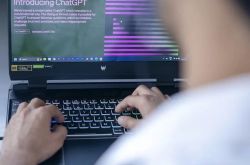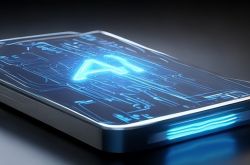Revolutionizing the Landscape: DeepSeek+Robot's Breakthroughs
![]() 03/10 2025
03/10 2025
![]() 530
530
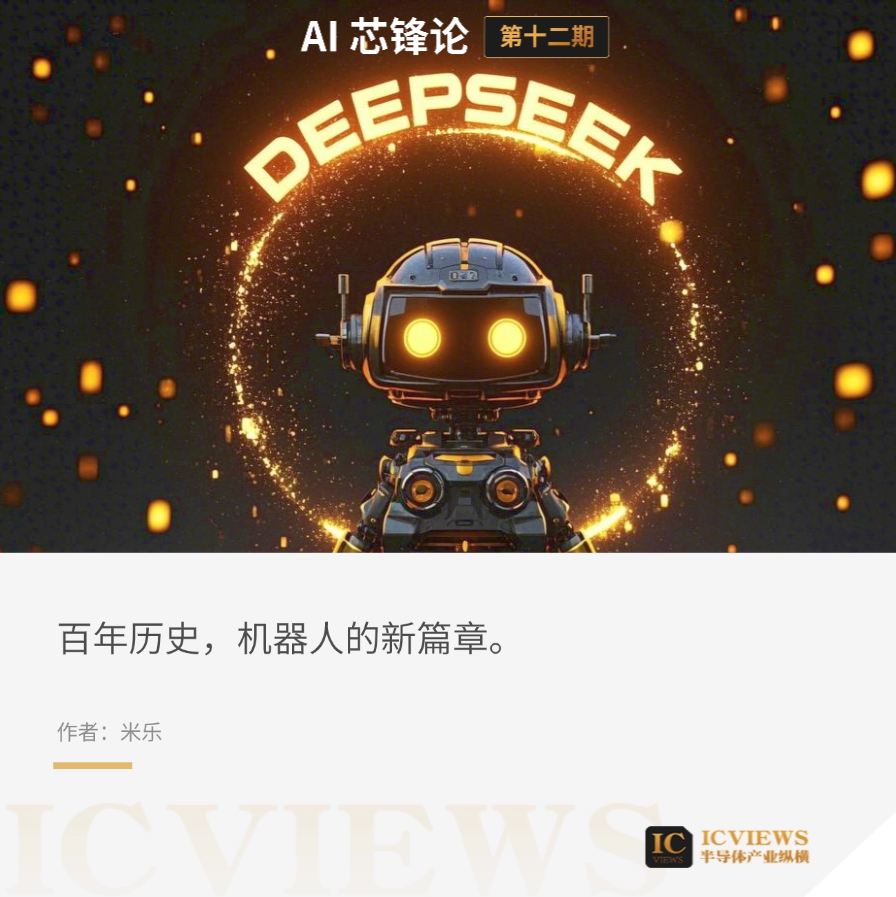
At the dawn of the year, two significant technological trends emerged: the surge in popularity of DeepSeek's domestic AI large model and the rise of Yushu Technology's "Yangge" robot. Drawing from overseas capital market experiences, the AI and robotics industries have historically developed in tandem, with considerable overlap in many concept stocks.
On February 17, a symposium for private enterprises was held in Beijing, marking the second such gathering convened by the central government since 2018. This event garnered widespread attention from all sectors of society. The entrepreneurs in attendance, particularly Liang Wenfeng, founder of DeepSeek, and Wang Xingxing, founder of Hangzhou Unitree Robotics, both young entrepreneurs, became the focus of much scrutiny.
The momentum continues to build. What sparks will the combination of DeepSeek and Robotics create?
01
Development Trends of Robots
A robot is an automated mechanical system designed and manufactured through the integration of mechanical, electronic, computer software and hardware, neuroscience, and other technologies. Its evolution dates back to the 1950s, with rapid advancements and iterations, charting a path of "old and new transformations."
Robots first emerged in the UK in the 1950s, initially comprising simple combinations of mechanical and control technologies for automating repetitive tasks. These robots used cameras and optical sensors to detect the environment and controlled mechanical components through controllers and actuators to perform actions.
By the 1960s, robotics technology had advanced, giving rise to "programmable robots" that were more sophisticated than their predecessors. These robots could be programmed to adjust, operate, and manage themselves, demonstrating a certain degree of autonomy, enabling them to adapt to changes in the external environment and perform more complex tasks on production lines.
By the 1990s, robotics technology had evolved into the third generation, known as intelligent robots. These robots possessed autonomy, cognitive abilities, obstacle avoidance capabilities, and language understanding, marking the dawn of artificial intelligence in robotics. The advent of intelligent robots vastly expanded their application range, leading to their use in various fields such as military, aerospace, scientific research, and service robots, with rapid development.
Entering the 21st century, robotics technology entered its fourth generation, known as plastic robots. These robots featured more flexible mechanical structures, enabling them to achieve superior dynamic effects. Furthermore, they could better adjust their behavior based on the external environment, perform more autonomous and intelligent actions, and provide more intelligent services.
From the mid-20th century to the early 21st century, robotics technology evolved from mechanical robots to plastic robots, transitioning from simple repetitive actions to intelligent robots with visual perception capabilities and autonomous planning for complex tasks. This evolution from mechanical to intelligent, from simple to complex, and from non-autonomous to autonomous, has culminated in today's sophisticated robotics technology, complementing traditional mechanical technology and enabling more intelligent services.
Embodied robots tend to be more expensive due to their functional customization, but their quantities can be estimated. Consequently, the performance of industrial robots among listed companies is generally average. This is attributed to technical limitations and the preference of application manufacturers for foreign products, as well as the predictable quantity demand. To generate substantial profits, the most likely scenario is standardized products in humanoid robots, with advanced hardware function design and development potential. Through continuous software upgrades, these products can achieve future designed functionalities. As standardized products, their costs are controllable. As scale increases, marginal costs decrease, and marginal profits increase, ultimately positioning them as technological giants on par with industrial titans.
How did humanoid robots develop before the advent of large models?
Market response serves as the most powerful indicator, with several notable examples:
ASIMO: Developed by Honda, this robot is capable of walking, running, climbing stairs, and more. While Tesla's Optimus reduced costs to $20,000 using automotive assembly line thinking, and Boston Dynamics' Atlas achieved backflip skills through iterative open-source algorithms, Honda continued to invest heavily in a 15-minute demonstration—this kind of "aristocratic research and development" was destined to be phased out by the market.
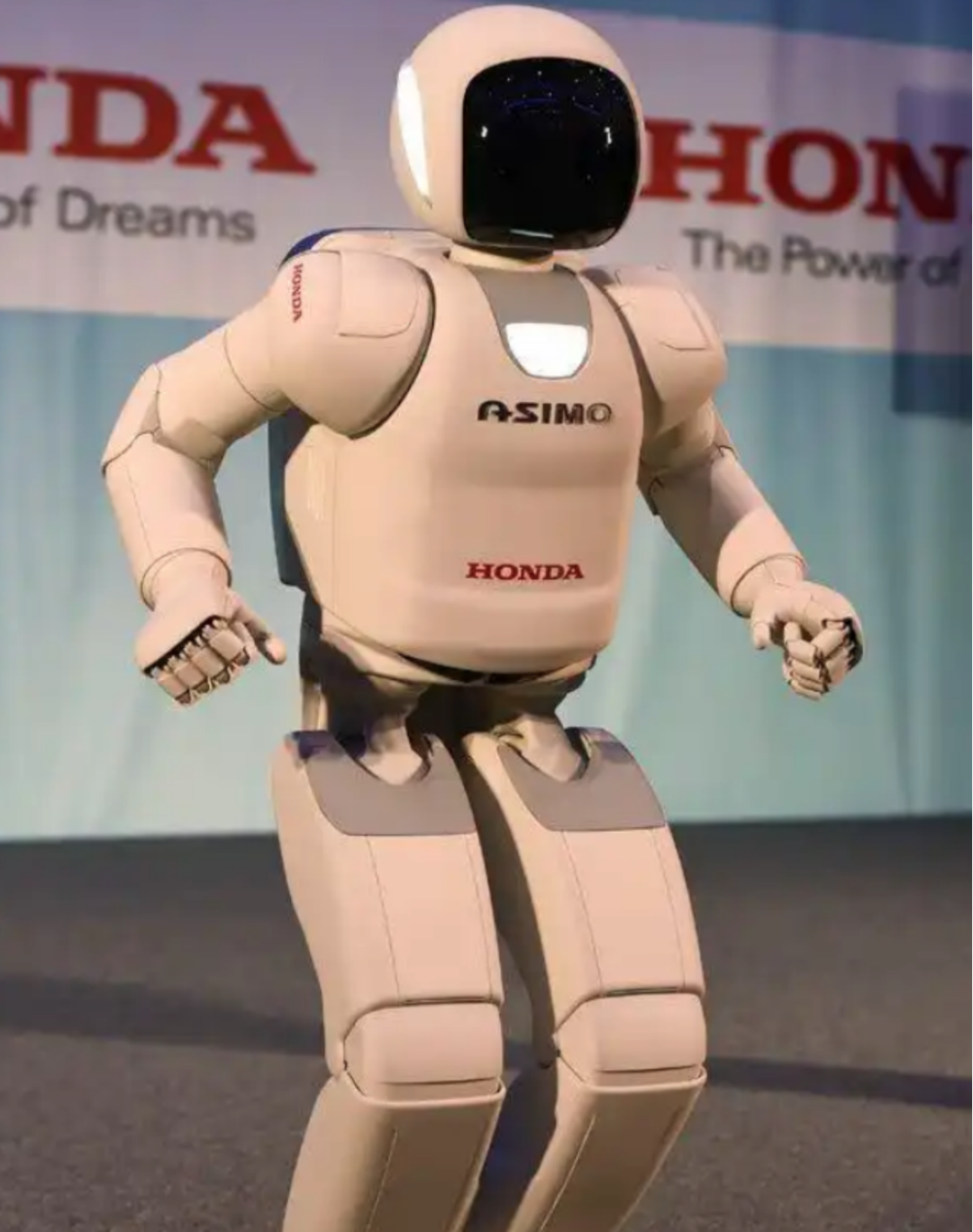
QRIO: Developed by Sony, this robot can dance, play soccer, and more. However, it was never released to consumers.
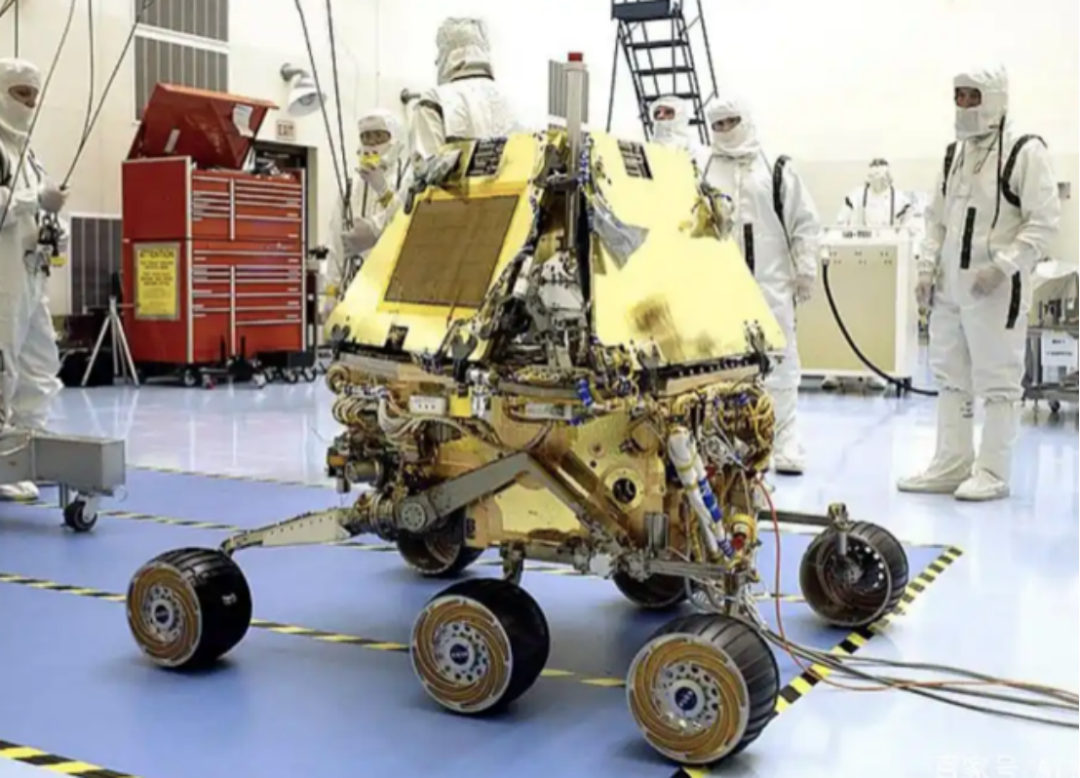
NAO: Developed by Aldebaran Robotics, this robot is widely used in education and research.
In summary, technological progress has been gradual. For instance, Boston Dynamics was sold for the third time in 2020, at a 70% discount. In 2017, SoftBank acquired Boston Dynamics from Google for $3 billion. Three years later, in 2020, SoftBank negotiated with Hyundai, aiming to sell it to Hyundai Motor for $1 billion. This may indicate that robots are entering a new phase.
Thanks to its open-source and local deployment capabilities, DeepSeek has achieved breakthroughs in deploying humanoid robot models.
02
Is DeepSeek Reshaping Robots?
As the carrier of artificial general intelligence (AGI), robots have a natural advantage. Large models require massive amounts of data for training, and robots are equipped with numerous sensors, generating vast amounts of data. DeepSeek's reshaping of robots primarily focuses on the following two aspects:
1) Compared to other large models: The emergence of DeepSeek precisely addresses the current pain points of humanoid robots, with cost being the primary issue.
2) Data scarcity: Data scarcity is a common dilemma faced by the entire industry. Even OpenAI disbanded its humanoid robot team four years ago due to the extreme difficulty of data scarcity.
Specifically, on the one hand, the research and development (R&D) and manufacturing of humanoid robots have always faced high costs. Traditional robotics technology relies on complex mechanical structures, high-precision sensors, and customized hardware, resulting in costs of tens of thousands or even millions of dollars per robot. For example, although Boston Dynamics' Atlas robot is technologically advanced, its high cost limits its commercial application. Additionally, early humanoid robots like Honda's ASIMO, despite their advanced technology, eventually ceased development due to excessive costs.
At the same time, DeepSeek significantly reduces the manufacturing costs of humanoid robots through algorithm optimization and hardware design. Its core advantages lie in algorithm optimization, which reduces the dependence on high-performance computing hardware through efficient algorithm design, thereby lowering hardware costs. Additionally, the adoption of modular hardware and software architectures makes robot production and maintenance more flexible and economical.
DeepSeek actively promotes the development of open-source communities, encouraging developers to share algorithms and tools, further reducing R&D costs.
DeepSeek's robot platform demonstrates its cost-effectiveness advantage in multiple scenarios. For instance, in the logistics and warehousing sector, DeepSeek's robots can automatically handle and sort goods at a lower cost, saving over 30% compared to traditional solutions. This low-cost advantage makes DeepSeek more competitive in commercial applications.
On the other hand, data is the core resource for training large models, but data in the field of humanoid robots is extremely scarce. Robots need to handle complex physical interactions and environmental perception tasks, and the diversity of these tasks makes data collection and annotation exceptionally difficult. One of the main reasons OpenAI disbanded its humanoid robot team four years ago was data scarcity. OpenAI attempted to collect data through robots but ultimately abandoned this direction due to insufficient and low-quality data.
Data is also a challenge for DeepSeek. Hangzhou cybersecurity giant Anheng Information launched the industry's first "DeepSeek" version of the security agent. However, insiders point out that the arrival of DeepSeek is not the "GPT" moment for the cybersecurity industry—there is still a considerable distance before large security models can reach industrial-grade applications, and the four major pain points of "landing" remain difficult to overcome: the lack of high-quality datasets in the cybersecurity field, the excessive resource consumption of large model data tuning, the instability of the credibility of answers generated based on large models, and the lack of interoperability between AI talent and security domain expertise.
03
What does it mean for China's Humanoid Robot Industry?
At the end of February, multiple automotive supply chain companies, including Xiaomi, XPeng, and NIO, announced their entry into the "humanoid robot" race. "We are currently advancing the phased implementation of our CyberOne (Tie Da) on our own manufacturing lines," Xiaomi's robot team announced progress on its humanoid robot. CyberOne is officially defined as a "full-size humanoid bionic robot" supporting various scenarios such as home care and companionship. "We will definitely make humanoid robots, but not at this pace," Li Auto released news about making humanoid robots. He Xiaopeng previously revealed that the AI robot XPeng Iron will be equipped with multiple self-developed chips to support end-to-end large models, featuring 15 degrees of freedom and mimetic hands with touch feedback. It is rumored that NIO has assembled a team of about 20 people to specifically research the robot dog project.
According to incomplete statistics, 18 automakers worldwide have entered the humanoid robot race.
The introduction of DeepSeek can be seen as unlocking a new experience for Chinese factories.
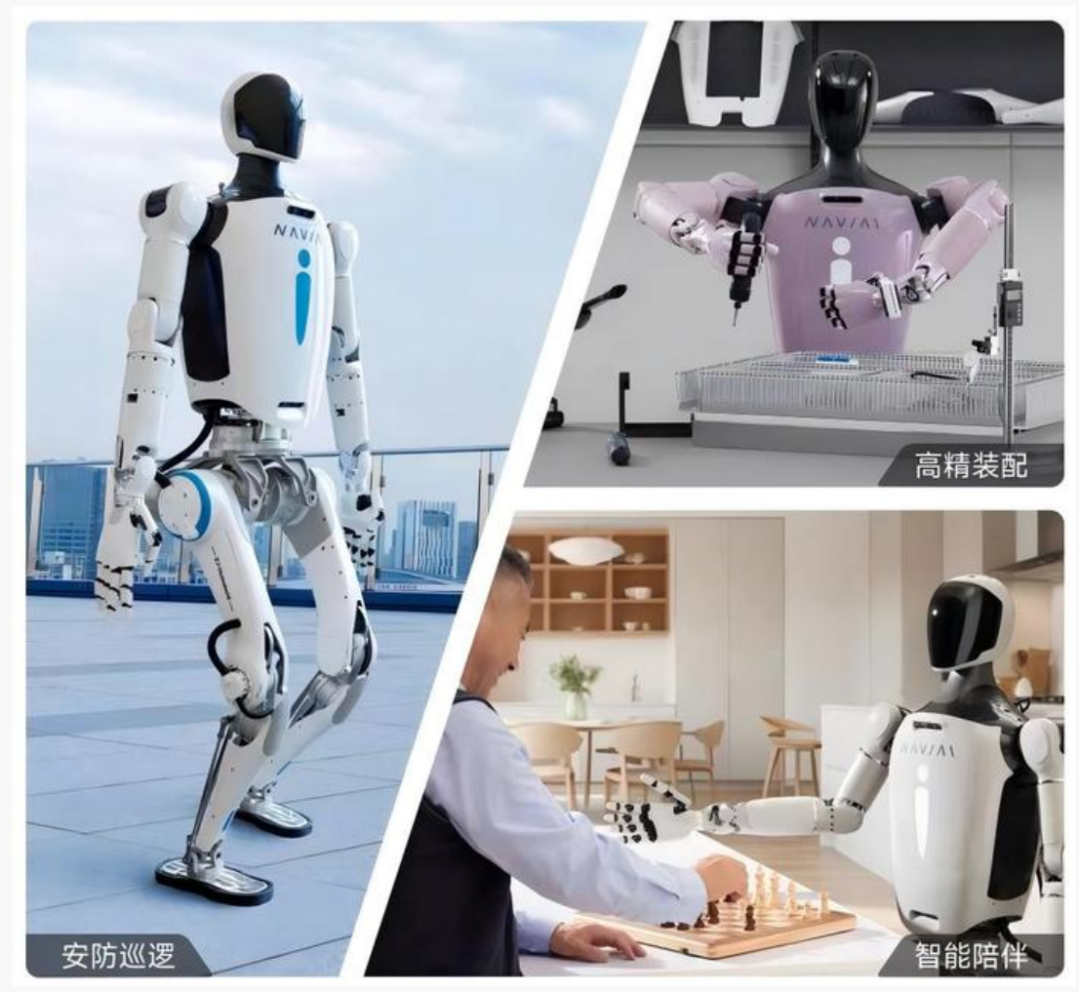
Supcon Technology, as the largest shareholder, invested in Zhejiang Humanoid Robot Innovation Center, joining forces with experts and high-end talent in the field of humanoid robots to jointly cultivate new businesses and technologies in the direction of humanoid robots across industry scenarios. In the same year, it successively released the first fully self-developed humanoid robot "Navigator 1" and "Navigator 2 NAVIAI."
Currently, Navigator 2 NAVIAI and the upcoming third-generation humanoid robot have completed DeepSeek-R1 testing. Their deep reasoning and complex logical analysis capabilities provide powerful technical support for humanoid robots. In the future, the third-generation humanoid robot will further integrate DeepSeek's multimodal model Janus Pro, helping the robot achieve natural environmental perception and human-computer interaction. This year, it will be deployed in high-risk operation scenarios in a large petrochemical enterprise laboratory.
The emergence of DeepSeek precisely addresses the current pain point of humanoid robots—cost. Technology giants have an advantage due to their substantial financial resources, but for start-ups, the cost of computing power is an unbearable burden. Additionally, data scarcity is an industry-wide challenge, as evidenced by OpenAI's disbanding of its humanoid robot team four years ago due to insufficient data.
DeepSeek reduces computing power demand through algorithm optimization and hardware design, while leveraging multi-sensor fusion and simulation platforms to solve data issues, providing a new path for the development of humanoid robots.


